“The Blair Witch Project” is a found footage horror film written and directed by Eduardo Sánchez and Daniel Myrick. Released in 1999, The Blair Witch Project is considered by many as the pivotal film that started the modern found footage revolution. The story follows three student filmmakers who venture out to the Maryland wilderness to create a documentary about a local legend known as the Blair Witch.
According to legend, a resident of the small town of Blair, Maryland was executed in 1785 for practicing witchcraft. The accused man kidnapped eight children, bringing them into his basement in twos. He successively forced one child of the pair stand in the corner facing the wall while killing the other, after which he killed the second child. During his trial, the accused said he could not face his victim’s eyes, so he made them face the corner.
In 1824, the town was renamed from Blair to Burkittsville, and it is here that three student filmmakers visit in 1994 to film a documentary on the infamous Blair Witch. The film crew is lead by Heather (Heather Donahue) and includes cameraman Josh (Joshua Leonard), and crew Mike (Michael C. Williams).
The documentary starts out innocently enough. Heather interviews Burkittsville locals who offer stories about the Blair Witch that were passed down through the generations. Having gathered enough background information from the interviews, Heather, Josh, and Mike head out into the woods on foot in search of additional historic remnants related to the Blair Witch legend.
With only a paper map and compass to guide their way, the film crew enters the unforgiving forest. Despite their careful navigation, the group soon becomes lost, walking for days in relentless circles. During their travels, the film crew happens upon small stacks of stones on the ground and strange figures fashioned with sticks and twine hanging from the treetops. Each night the group sets up camp for the evening, they are awoken by strange voices and sounds outside their tent. The three filmmakers soon realize that they are not alone and are being watched.
Sleep deprived, short of food, and emotionally drained, the film crew are desperate to find a way out of their menagerie. What will be the fate of Heather, Josh, and Mike? Every step the group takes brings them deeper into the woods and closer to their worst nightmares.
Given the historical significance of The Blair Witch Project to the modern found footage genre, this review opens with a detailed introspective of the film’s roots.
History Behind the Legend
The Blair Witch Project is the brainchild of directors Eduardo Sánchez and Daniel Myrick. In preparation for their feature film, the filmmaking duo manufactured the complete backstory and mythos defining the genesis of the Blair Witch, including the fictitiously named town of Blair.
The production culminated in close to 19 hours of usable footage that was ultimately edited down to 90 minutes. In total, editing took over 8 months to complete. The first cut of the film that was screened had a run time of 150 minutes. Multiple screenings and viewer feedback ultimately brought the run time to the 90-minute theatrical version known today.
The Blair Witch Project had a $35,000 budget. Artison purchased the film for $1.1 million and spent $25 million in marketing. Further, the actors are said to have received a small percentage of the profits. In total, the film grossed over $248 million, making The Blair Witch Project one of the most successful indie films of all times.
Lights, Camera, Improv!
Eduardo Sánchez and Daniel Myrick opted to shoot The Blair Witch Project as a film crew creating a documentary. This filming decision was based on their realization that documentary style paranormal movies were far more frightening than their traditional narrative shot horror equivalents. To further enhance the perceived authenticity of The Blair Witch Project, Eduardo Sánchez and Daniel Myrick managed the entire production using an improvisational approach. The actors, script, shooting schedule, and the cast’s relationship with the crew were all centered around capturing an organic unscripted experience that aligned with the story and looked unwaveringly real.
The production crew enlisted actors with strong improvisational skills who were able to adapt to the unconventional filming strategy. Heather Donahue (as character Heather) was selected for her “Captain Ahab quality” that none of the other applicants possessed. As the leader of the student film crew, Heather’s character needed a personality that would enable her to plausibly take her film crew wherever she needed to in order to accomplish her goals. This motivation was also essential to maintaining a strong found footage filming reason, particularly in the latter part of the film when the characters were in danger.
In furtherance of the improvisational strategy for the film, The Blair Witch Project did not have an explicit line-by-line shooting script. The actors were provided with individual instructions outlining their day’s tasks and objectives. Using these instructions, the actors were called upon to use their improvisational skills to have their characters react appropriately in various situations.
In fact, other than having a basic understanding of the Blair Witch mythology, the actors knew nothing beyond each day’s assigned tasks. The cast’s uncertainty as to where the story was heading and unawareness of what would happen next fed into the realistic feel of the final film.
Further enhancing the actors’ reactions, the production crew set out to make the cast feel completely isolated once they set out into the woods. Once they embarked on their journey, the cast had very little contact with the production crew for much of the shoot.
The production crew gently guided the cast through the woods by providing them with the GPS location of daily drops that included clues indicating where to go next along with each day’s activities. Other than these loose directions, the cast had to find their own way. In the event that communication was absolutely necessary, the cast and production crew were equipped with walkie-talkies.
Adding to the reality of their situation, the actors were responsible for packing and carrying all the provisions needed to survive and film. The only exception being their tent, which the production crew moved to the next location once the actors left the campsite for the day.
To increase the cast’s stress level, the production crew deprived them of food and sleep. The actors were given the minimal amount of food needed to survive the day. During the late evenings, the production crew woke up the actors with the voices and noises heard in the film.
Despite this hands-off approach, there were some circumstances where the production crew had to interact with the cast. Some of these circumstances included the filming of pivotal scenes, resolving technical issues, and dealing with inclement weather.
Cemetery Monolog and Local Interviews
Principal filming took place in October 1997 over an eight-day period. Most of The Blair Witch Project was shot in Montgomery, Maryland and only the opening scene in the cemetery was filmed in the actual town of Burkittsville where the story takes place. In alignment with the improvisational filming approach, the production crew tasked actress Heather Donahue with writing the dialog for the introductory scene at the cemetery.
The interviews conducted in Burkittsville also employed improvisational filmmaking. The interviewees were a mix of actual Burkittsville locals and a few planted actors. The locals invented their own stories on the fly during the interviews, while the few planted actors were provided with some background information and improvised the rest.
Hotel Scene – Cheers!
The scene in the hotel the night before Heather, Josh, and Mike set out into the woods was surprisingly real. To the production crew’s chagrin, the cast used all of their food and gas stipends to buy alcohol. The cast filmed themselves throughout the evening as they became intoxicated. The total hotel scene contained 90 minutes of footage which was edited down to the few minutes used in the final edit.
Campsite Terror
Each evening of the eight-day shoot, the cast slept in actual makeshift campsites during their journey through the woods. As part of the story, the production crew created scenarios to awaken the cast in the middle of the night. Not only did these tactics result in usable footage, but also ensured the cast were sleep deprived, further making their plight more realistic.
Each successive evening, the cast were victims to unearthly noises and screams heard through the canvass walls of their tent. The voices and noises were mostly pre-recorded sounds of children playing outside that were pumped through a boombox directed towards the tent. During one unscripted scene, the production crew shook the tent from outside which further rattled the cast.
In yet another scene, the production crew (with backpacks full of rocks) attempted to sneak up to the tent between 3 AM and 4 AM while the cast slept to set up small rock piles around their campsite. Since The Blair Witch Project was filmed during the fall, the dead leaves on the ground made loud crunching sounds from the production crew’s footsteps which quickly woke everyone up. The production crew had to tell the cast to stay in their tent and not to come out till morning while they set up the small rock piles.
For the scene where a panicked Heather and Mike ran out of their tent into the woods in the middle of the night, the production crew set up markers in advance so the cast knew which direction to run. Their escape path had to be clearly labeled to avoid potential eye injuries from running into low hanging branches in the dark.
Rock Piles and Twig Figures
The woods where The Blair Witch Project was shot did not have the appropriately sized rocks needed to build the small rock piles used in the film. The production crew had to carry backpacks full of rocks throughout the shoot to build the rock pile props. Since the cast’s exact hiking path was not precisely known due to the vague directions provided to the cast, the production crew had to stay slightly ahead of where the cast was heading and set up the rock piles in a place where they were sure to be seen. As for the stick figures, the production crew had a team of ten or so people who fashioned the now famous stick figures using twigs and twine, hanging them from the branches during the shoot.
Josh’s Disappearance
The morning after Josh disappeared, the production crew placed the iconic stick bundle (with Josh’s teeth and hair) at the campsite for Heather to find. When heather originally found the stick bundle she tossed it away without opening it. The production crew had to tell actress Heather Donahue to retrieve the bundle and open it before leaving the campsite for the day. The teeth used in the bundle were actual teeth provided by Eduardo Sánchez’s dentist. The hair in the bundle was actor Joshua Leonard’s actual hair.
During the night following Josh’s tragic disappearance, the production crew instructed Josh to yell and make noises that Heather and Mike would hear from their tent. For the final scene in the abandoned house, the actor playing Josh had a personal obligation, so his pre-recorded voice was played back for that pivotal scene.
Abandoned House
Actors Heather Donahue and Michael C. Williams had no idea that they were going to find the abandoned house during the climax of the film, adding to their surprise. When Mike entered the basement during the final scene of the film, one production crew took the camera from Mike and placed it on the floor while another production crew led Mike to the corner. Heather entered the basement and happened to film Mike in the corner, which turned out to be another memorable shot in the film.
Marketing
The Blair Witch Project is credited as being the first film to use many of the marketing strategies still used in found footage horror to this day. Further, The Blair Witch Project is considered to the be first film to be completely marketed on the Internet. The film website contained faux police reports of the missing film crew, complete with photos. The cast’s IMDB profile had the actors labeled as missing and presumed dead for a full year.
During film festivals, flyers were circulated prompting people to report the whereabouts of the missing film crew and missing person posters were used to advertise the film.
More Interesting Facts
- The CP-16 film camera held by Josh for most of the eight-day shoot broke during filming and had to be repaired. After the film was completed, the camera sold on eBay for $10,000
- The Hi-8 camera used by Heather was returned to Circuit City for a refund after the production ended to save on budget
- The scene mentioning “Gilligan’s Island” was the most expensive shot in the film due to the cost of acquiring the rights
- The cast used the safety word “taco” whenever they needed to break character
- The over 19 hours of raw footage contained much more arguing between the characters than appeared on-screen. The arguing was toned down in the final edit by selecting moments of levity so the viewers would sympathize with the cast
- The cast didn’t know they were intentionally being led in circles. When Heather came to the realization that they had walked for a full day and ended up by the same log they had previously crossed that morning, her reaction was real. Heather was genuinely upset because she thought they wasted an entire day of walking
- Josh was originally cast as the main antagonist within the group. During filming the antagonist role was shifted to Mike based on his performance and the group dynamics
- Mike was the only actor that knew the map was kicked into the creek. The other actors did not find out what happened to the map until Mike revealed this fact during filming
- The cast first learned that the Blair Witch legend was contrived by the filmmakers after the film was released
- At one point the actors hiked in the wrong direction and got lost for over an hour
- The production crew re-enforced the floors of the abandoned building and added the fingerprints to the walls (indicative of the children that were murdered)
- Shooting in the abandoned house ended up taking two days because the camera light battery died on the film camera
- The cast had to use the woods for all their nature calls during the shoot as there were no bathrooms
- Eduardo Sánchez’s sister is one of the people interviewed at the beginning of the film
- The credits were intentionally made to look like a student film
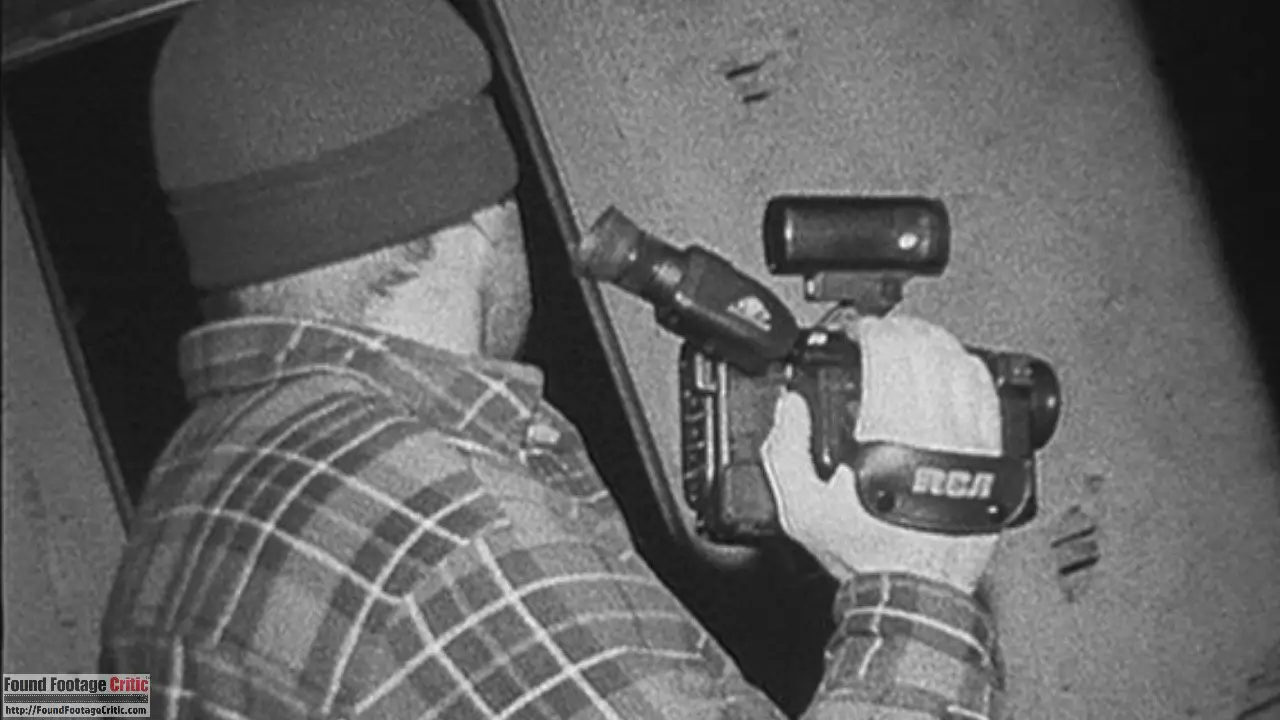
Found Footage Cinematography
The cinematography throughout The Blair Witch Project is nothing short of perfect. To the credit of directors Eduardo Sánchez and Daniel Myrick, the final edit has the look and feel of an actual student film. This effect was achieved by placing the cameras in the hands of the actors, who are untrained at professional cinematography.
To fulfill her role as a cinematographer, Heather Donahue had to take a crash course to learn the basics of filming before production started. The Blair Witch Project contains several novice filmmaker mistakes made by Josh Leonard and Heather Donahue that were left in the final edit to add to the film’s authenticity. One of these missteps takes place in the interview of Mary Brown (played by Patricia DeCou) which was consequently filmed in front of the actress’s real home. The scene is blurry due to actor Joshua Leonard confusing the conversion from meters to feet on the camera lens. This very real incident prompts the dialog in the car where Josh talks about his confusion between meters and feet on the camera lens.
In another misstep, actress Heather Donahue accidentally enables the digital zoom on the camera for part of the shoot. The production crew had to step in and correct her camera settings. These small nuances add to the overall gritty realism of The Blair Witch Project.
The Blair Witch Project also contains many brilliantly edited scenes. One noteworthy scene takes place in the abandoned house towards the end of the film, where Heather and Mike enter the house and are concurrently filming on different floors in real time. This scene contains a shot where the video is coming from Heather’s camera, but the audio feed is coming from the onboard microphone on Mike’s camera filming on another floor. The distant audio lends an eerie atmosphere to an already frightening moment in the film.
The directors also admit that there were a number of serendipitously captured shots during the course of the eight-day production, several of which are now considered iconic moments of The Blair Witch Project. One such moment is the signature close-up scene of Heather’s face during her self-testimonial in the woods. Heather’s face appears half in-frame, which was unintentional but is now a hallmark scene in the film.
Filming Reason
The filming reasons used in The Blair Witch Project are nothing short of perfect. The filming reason gauges the justification as to why a feature length’s worth of footage exists. All too often, a flawed filming reason is responsible for destroying the plausibility of many found footage films.
In the case of The Blair Witch Project, the primary reason for filming is the creation of a student film documenting the legendary Blair Witch. This filming reason is perfectly sound, but calls into question why the characters continue filming after being lost in the woods, sleep deprived, short on food, and in physical perile.
Directors Eduardo Sánchez and Daniel Myrick successfully justify the continued filming through their casting of Heather Donahue as character Heather. Heather is portrayed as an alpha personality who will stop at nothing to complete her film. She also proves worthy at getting the film crew to follow her lead and continue filming despite the dangerous circumstances.
An additional filming reason is using the cameras as a light source when filming at night, which is also when most of the stressful events take place. The culmination of all of the filming reasons employed throughout The Blair Witch Project results in a technically pristine filming reason spanning the entire feature film.
Found Footage Purity
The found footage purity is a measure of all of the technical components that make up The Blair Witch Project. The exceptional cinematography and filming reason in concert with the great acting and improvisational dialog work perfectly together, resulting in a film that for all intents and purposes looks real. The inclusion of subtle novice filmmaking missteps and ending credits that look like a student film further bolster the found footage purity.
Acting
The acting throughout The Blair Witch Project is exceptional. The decision of directors Eduardo Sánchez and Daniel Myrick to use an improvisational approach to making the film lends itself to more natural character reactions and organic dialog.
As mentioned earlier, all of the actors were screened based on their improvisational skills. Actress Heather Donahue, in particular, was selected to play the character Heather based on her ability to successfully portray the alpha personality necessary to drive the film crew to shoot everything during their thankless journey through the woods.
Joshua Leonard plays a convincing filmmaker who tries to be diplomatic throughout the story, but ultimately reaches his wits ends towards the end, coming close to cracking. Michael C. Williams as Mike does a great job as the main antagonist within the group.
As the tension slowly escalates throughout the film, all three actors do a wonderful job playing off each other’s emotions. The adversarial relationships that develop between the three characters come across as absolutely real. The supporting cast of Burkittsville, Maryland locals are also exceptional in their respective roles. The success of the interviews harkens back to the improvisational nature of the film. Many of the interviewees are real locals who are making up their own stories on the fly while being filmed. Scattered within those interviews are a few planted real actors who were provided specific information that needed to be communicated to further the plot. The “planted” actors made up their dialog based on rough guidelines provided by the directors.
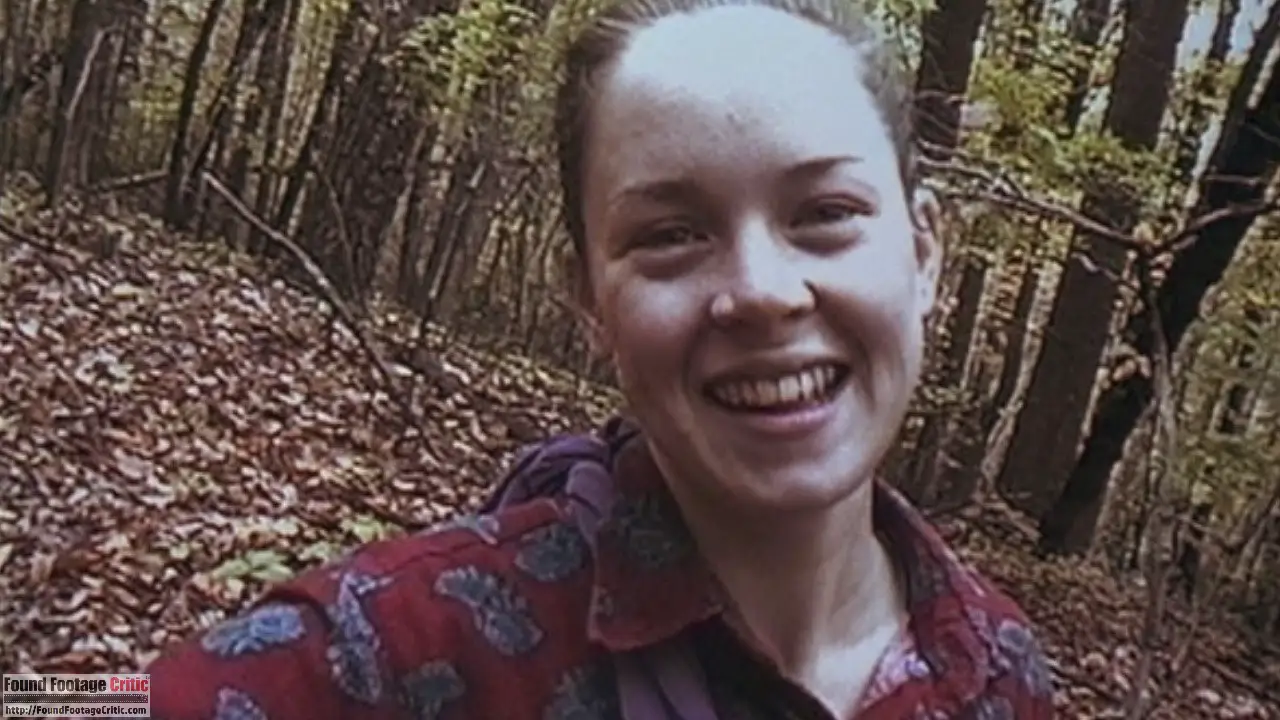 Plot
Plot
The underlying plot of The Blair Witch Project in concert with the improvisational filming approach makes this film revolutionary for its time. The simplicity of the plot is what makes the film successful and timeless – a student film crew set out to create a documentary about a local legend through interviews and filming at historical landmarks.
What happens next leaves much to the imagination, which makes The Blair Witch Project extraordinarily scary and eerie. The plot does not rely on special or practical effects. Everything that happens occurs in the shadows. Character reactions are enough to drive and effectively sell the story, making The Blair Witch Project among the best found footage films ever created.

Blair Witch (2016) Sequel
Fans of The Blair Witch Project (1999) were privy to an exciting announcement, the upcoming release of a third film in the franchise title Blair Witch (2016). To maintain secrecy, the film had a working title called The Woods and was only recently revealed to be a sequel to The Blair Witch Project.
Blair Witch (2016) is directed by Adam Wingard and written by Simon Barrett and is produced by Lionsgate. Eduardo Sánchez and Daniel Myrick are also tied to the film as executive producers. The new film has generated a great deal of buzz in the horror community, who eagerly await the film’s worldwide release on September 14, 2016.
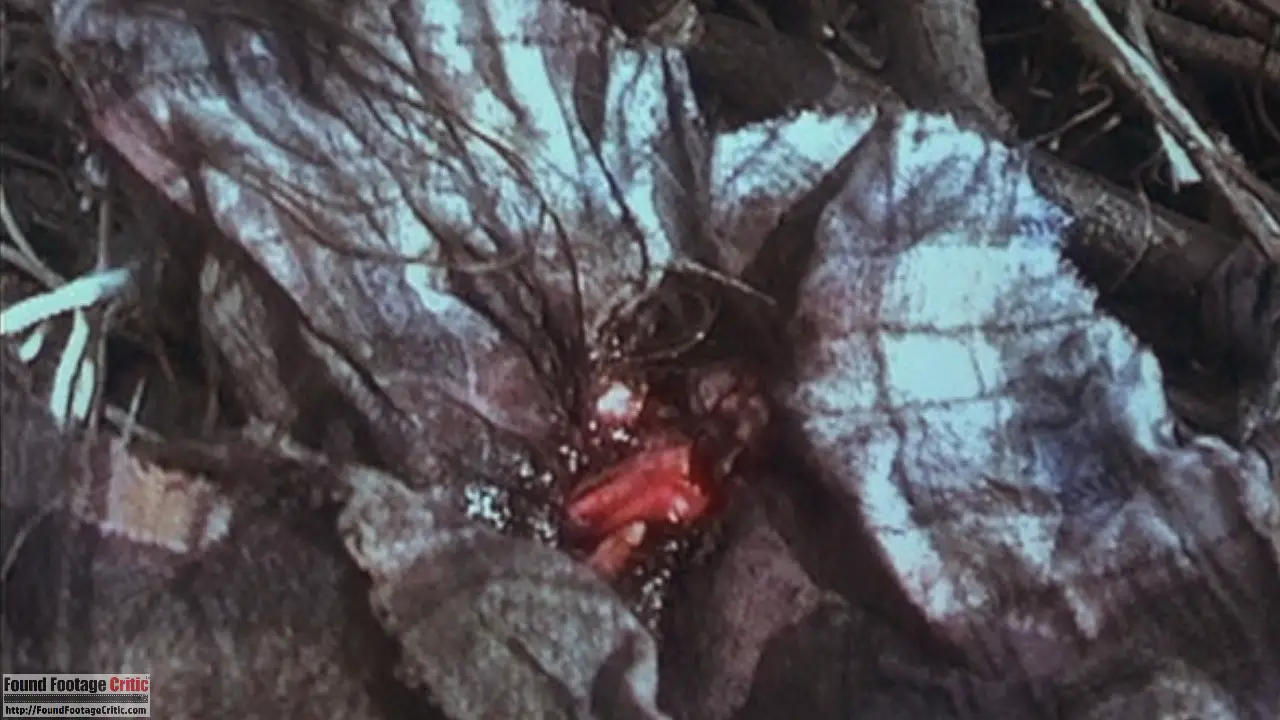

Additional Resources
- The Blair Witch Project (1999) – Found Footage Movie Trailer
- Blair Witch (2016) [Sequel] – Found Footage Movie Trailer
- BlairWitch.net – Founded in 2003, BlairWitch.net is the longest continuously running Blair Witch forum and is the “go to” resource for everything Blair Witch.



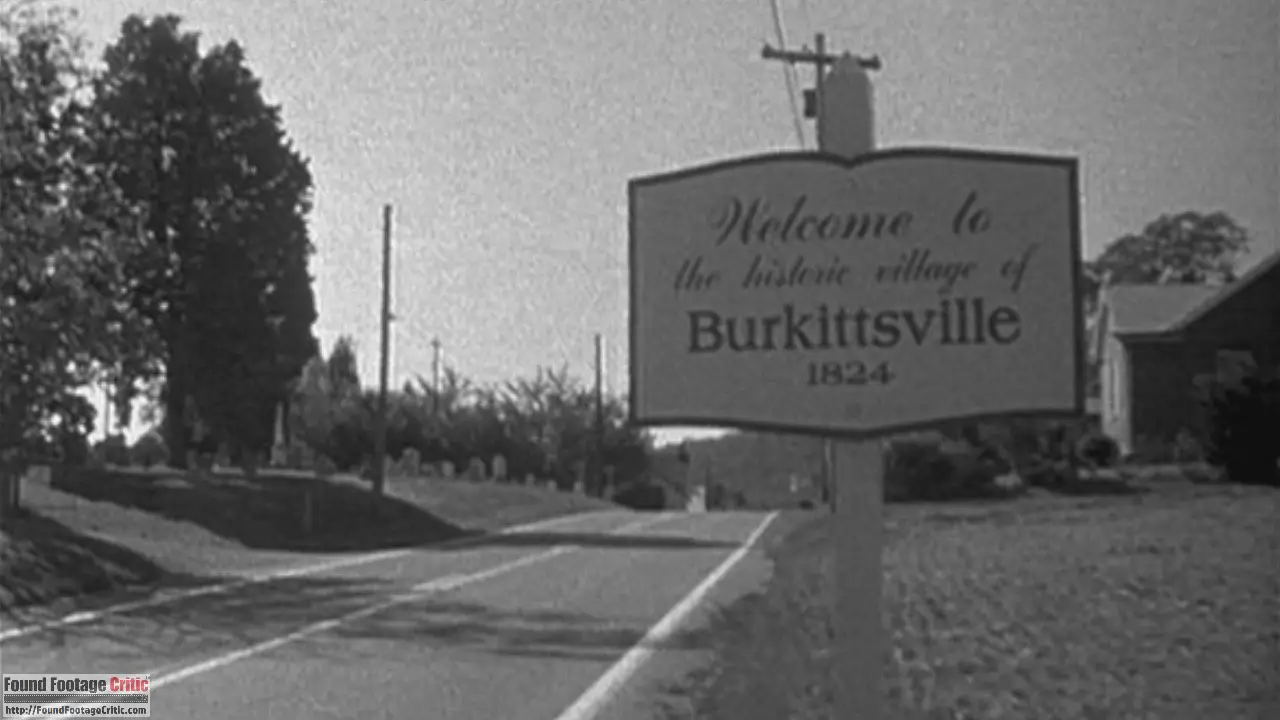
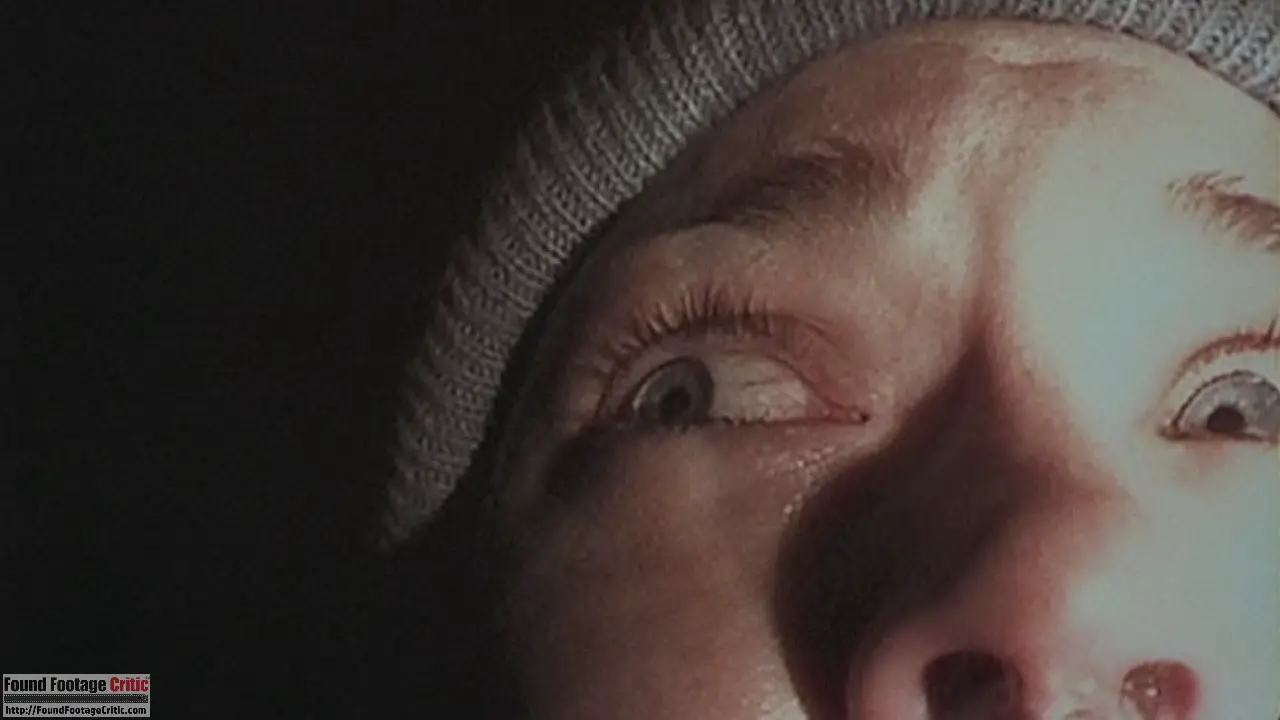
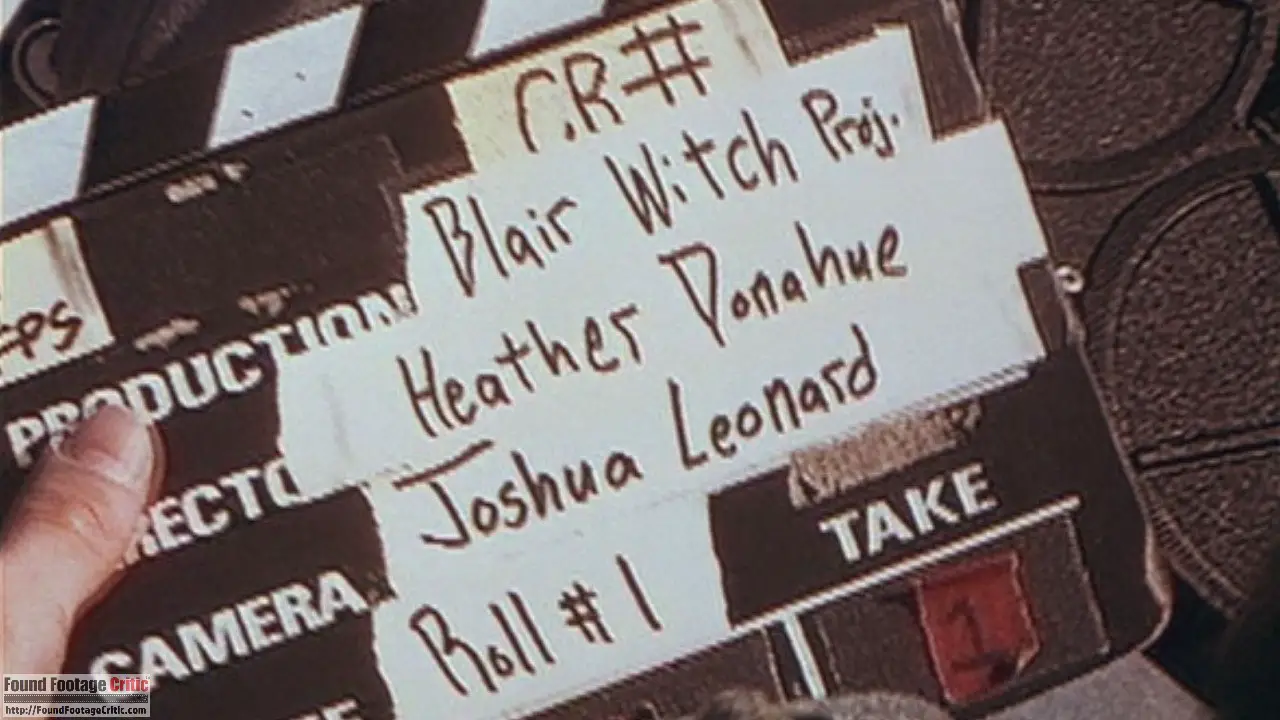
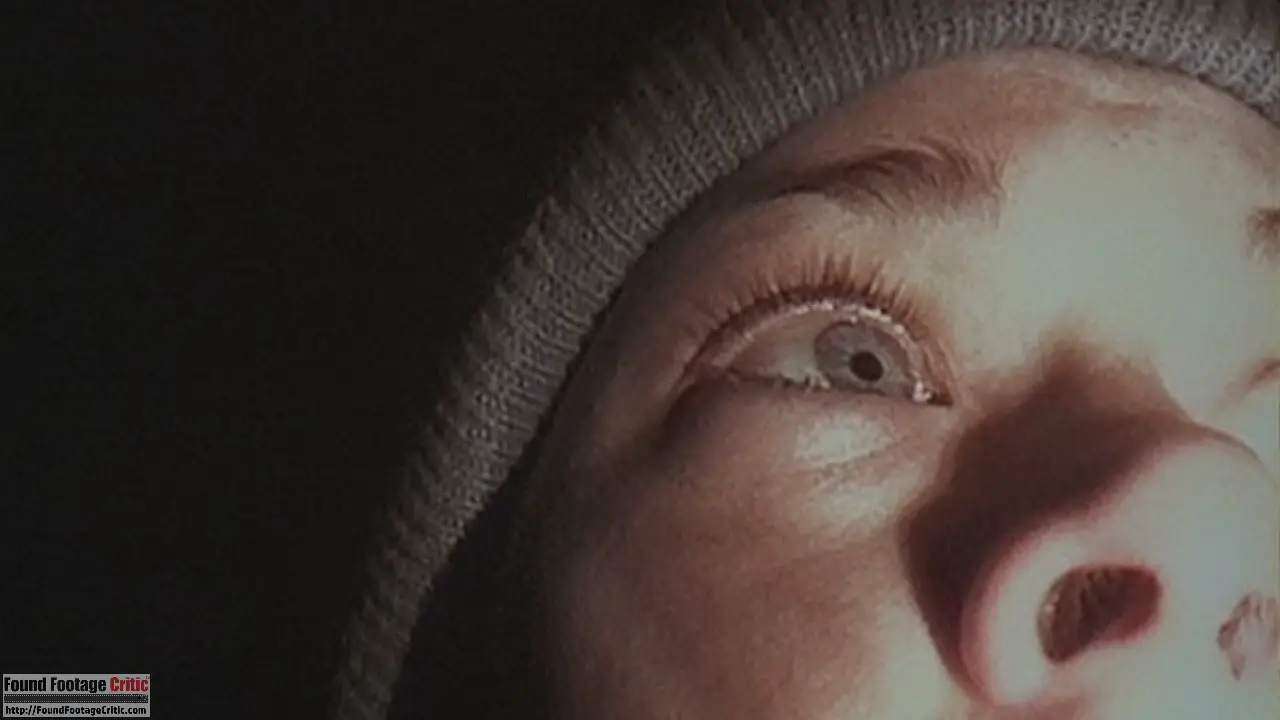



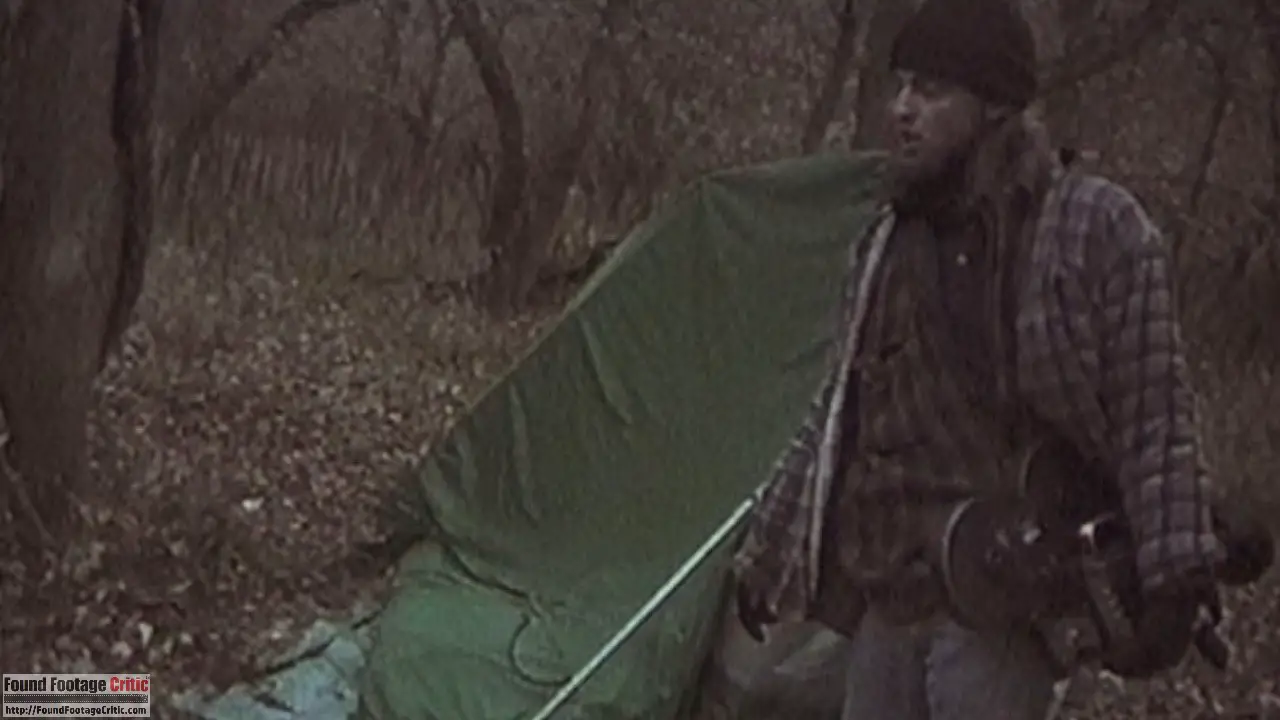
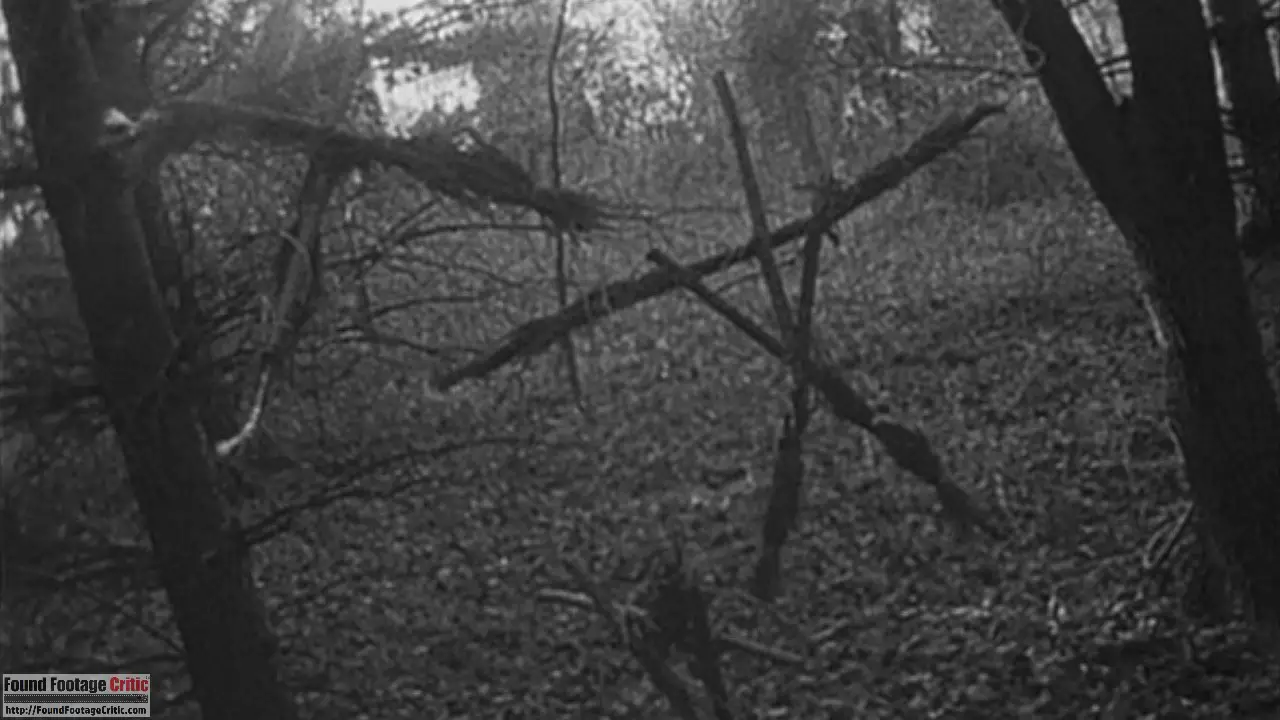
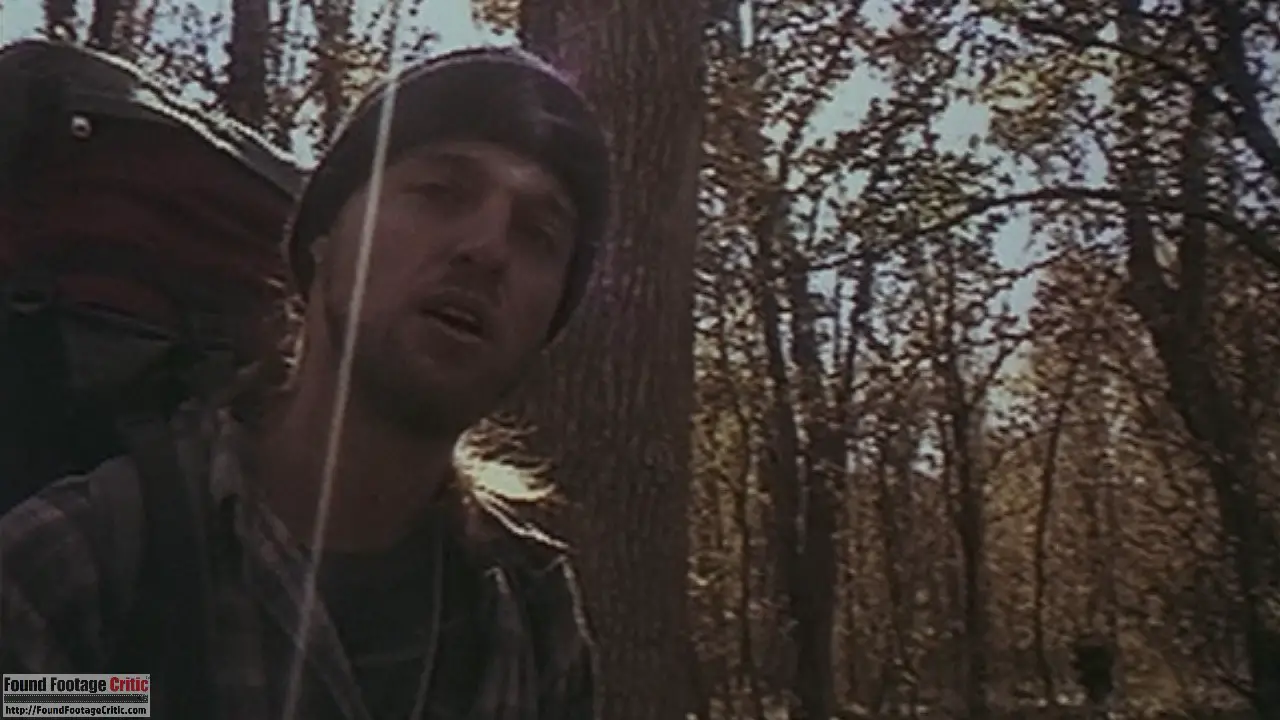
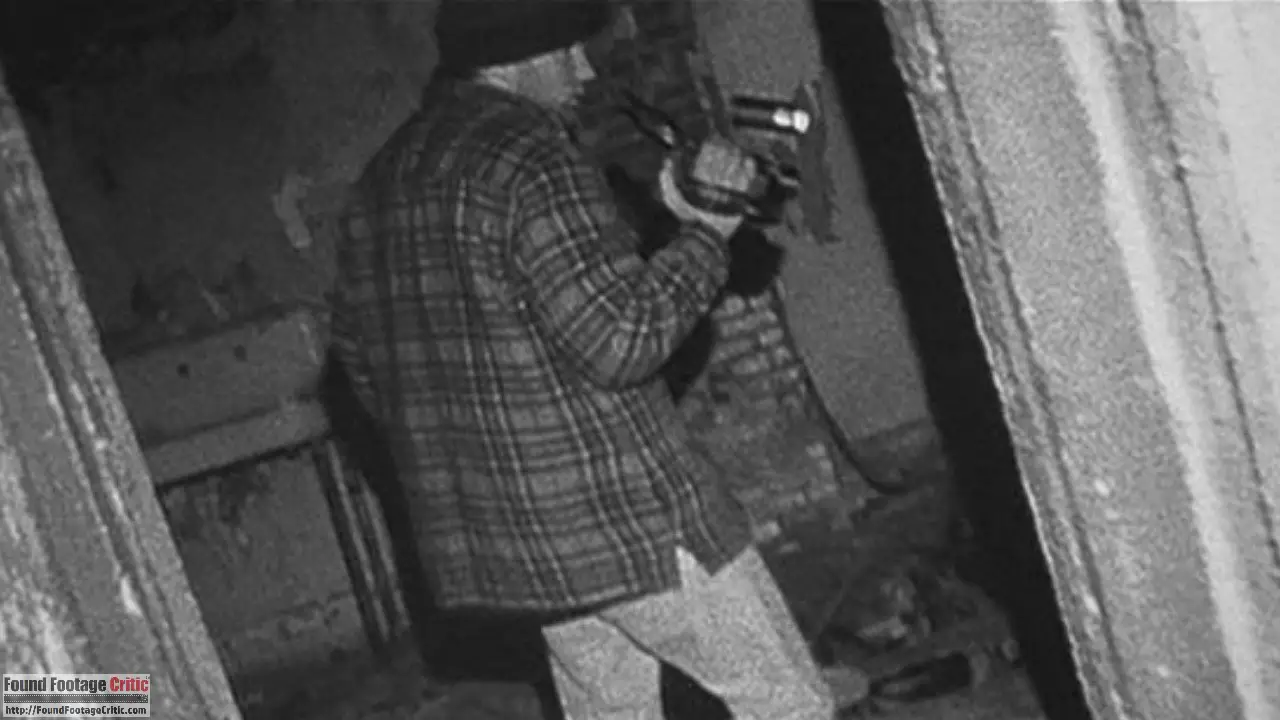
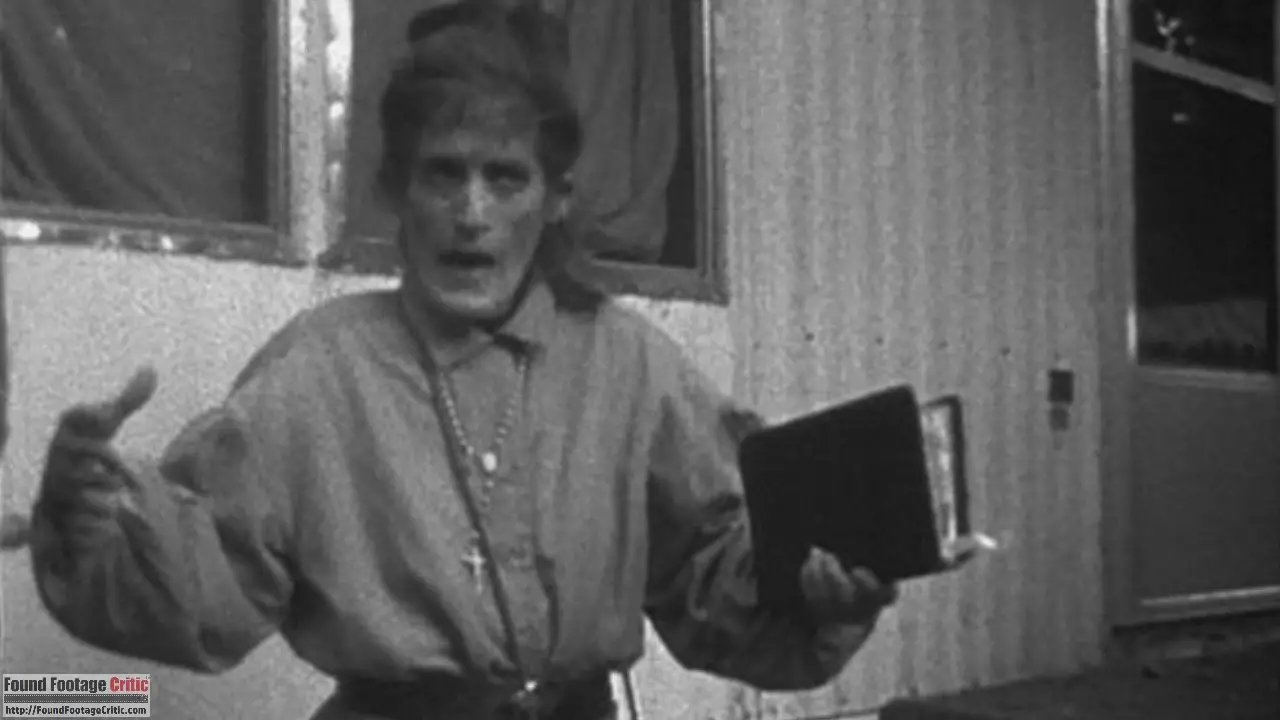



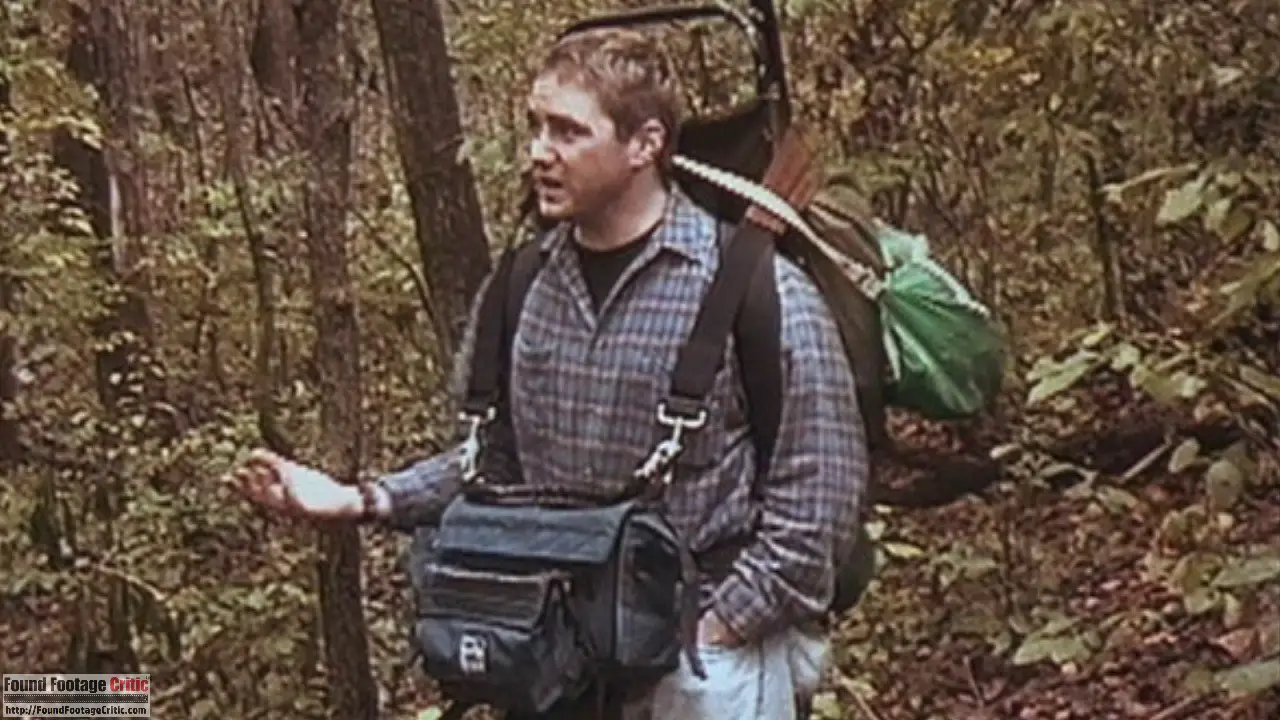

2 Comments
Great review! I love that their safe word for coming out of character was “taco”, that’s hilarious.
We will be reviewing “THE BLAIR WITCH PROJECT (1999)” on episode #77 of the FOUND FOOTAGE FILES PODCAST! Post your thoughts about this classic film here! WE WILL READ YOUR COMMENTS on the podcast!!!
What do you think about the original 1999 film? What are your thoughts on the upcoming sequel?